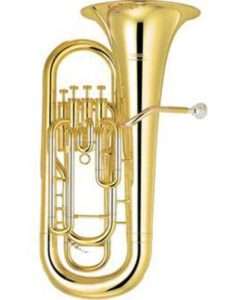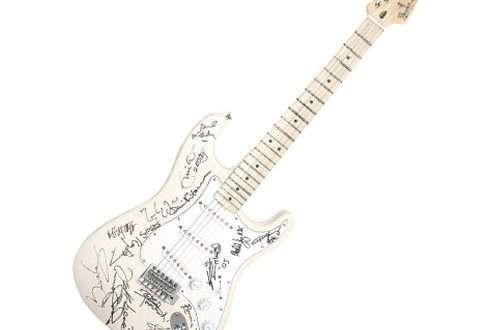Music notation for beginning musicians
Contents
Those who decide to learn at least something serious about music cannot avoid getting acquainted with various musical notations. From this article you will learn how to learn to read notes without memorizing them, but only by understanding the logical principles on which musical notation is based.
What is included in the concept of musical notation? This is all that relates, one way or another, to writing and reading notes; This is a unique language that is understandable to all musicians in Europe and America. As you know, each musical sound is determined by 4 physical properties: (color). And with the help of musical notation, the musician receives information about all these four properties of the sound that he is going to sing or play on a musical instrument.
I propose to understand how each of the properties of musical sound is displayed in musical notation.
Pitch
The entire range of musical sounds is built into a single system – sound scale, that is, a series in which all sounds follow each other in order, from the lowest to the highest sounds, or vice versa. The scale is divided into octaves – segments of a musical scale, each of which contains a set of notes with the same name – .
Used to write and read notes stave – this is a line for writing notes in the form of five parallel lines (it would be more correct to say – ). Any notes of the scale are written on the staff: on the rulers, under the rulers or above them (and, of course, between the rulers with equal success). Rulers are usually numbered from bottom to top:
The notes themselves are indicated by oval-shaped heads. If the main five lines are not enough to record a note, then special additional lines are introduced for them. The higher the note sounds, the higher it is located on the rulers:
An idea of the exact pitch of a sound is given by musical keys, of which the two most familiar to everyone are and. Music notation for beginners is based on studying the treble clef in the first octave. They are written like this:
Read about ways to quickly memorize all notes in the article “How to quickly and easily learn notes”; complete the practical exercises suggested there and you will not notice how the problem will disappear by itself.
Note durations
The duration of each note belongs to the area of musical time, which is a continuous movement at the same speed of equal fractions, comparable to the measured beat of the pulse. Usually one such beat is associated with a quarter note. Look at the picture, you will see a graphic representation of notes of different durations and their names:
Of course, music also uses smaller durations. And you already understood that each new, smaller duration is obtained by dividing the whole note by the number 2 to the nth power: 2, 4, 8, 16, 32, etc. Thus, we can divide a whole note not only into 4 quarter notes, but with equal success into 8 eighth notes or 16 sixteenth notes.
Musical time is very well organized, and in its organization, in addition to shares, larger units participate – so you, that is, segments that contain exactly a given number of parts. Measures are distinguished visually by separating one from another by a vertical bar line. The number of beats in measures, and the duration of each of them is reflected in notes using a numerical size.
Both sizes, durations, and beats are closely related to such an area in music as rhythm. Music notation for beginners usually operates with the simplest meters, for example, 2/4, 3/4, etc. See how musical rhythm can be organized in them.
Volume
How to play this or that motive – loudly or quietly – is also indicated in the notes. Everything is simple here. Here are the icons you will see:
Timbre
The timbre of sounds is an area that is almost completely untouched by musical notation for beginners. However, as a rule, the notes have different instructions on this matter. The simplest thing is the name of the instrument or voice for which the composition is intended. The most difficult part is related to playing technique (for example, turning the pedals on and off on a piano) or with techniques for producing sound (for example, harmonics on a violin).
We should stop here: on the one hand, you have already learned a lot about what can be read in sheet music, on the other hand, there is still a lot to learn. Follow the updates on the website. If you liked this material, recommend it to your friends using the buttons at the bottom of the page.



